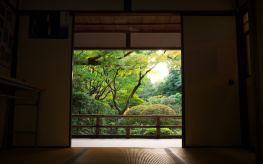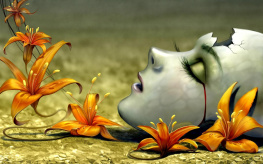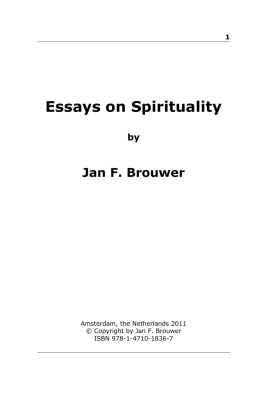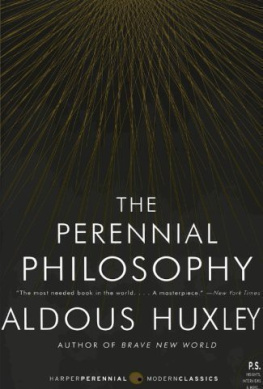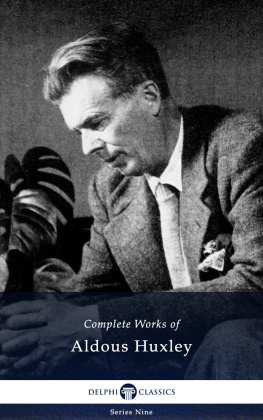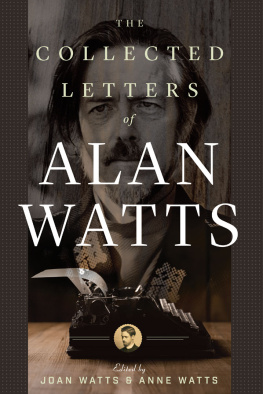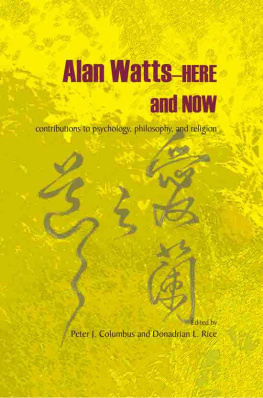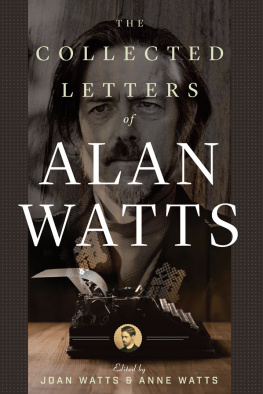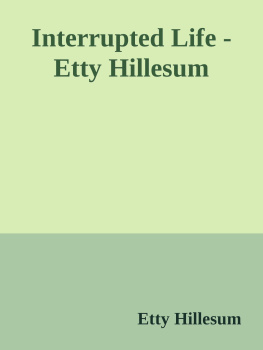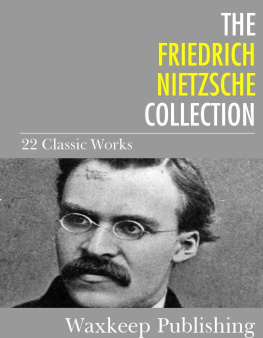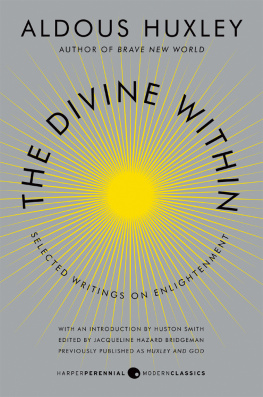CHAMPIONS OF ENLIGHTENMENTJAN F. BROUWER Lulu.com 2012 Champions of Enlightenment Lulu.com Copyright by Jan F. Brouwer Amsterdam, the Netherlands 2012 All rights reserved. No part of this book may be reproduced in any form or by any means, electronic or mechanical, including photocopying, recording, or by any information storage and retrieval system, without permission in writing from the writer and/or publisher. First paperback edition ISBN 978-1-105-78411-8 Contents
1. Etty Hillesum
7
17
3. Friedrich Nietzsche
30
4. Eckhart Tolle
51
5. Meister Eckhart
61
6. Steven Harrison
68
7. Huston Smith
79
88
9. Aldous Huxley
102
10. Roberto Assagioli
117
11. Georges Bataille
128
12. Jana Dixon
147
13. Arthur Schopenhauer
170
177
15. Frits Staal
210
16. St. John-of-the-Cross
17. Jiddu Krishnamurti
231
18. Emmanuel Levinas
243
254
20. Sri Nisargadatta
262
21. Alan Watts
271
22. Andrew Cohen
277
23. Mabel Collins
288
24. Erich Fromm
304
310
26. Gerald Heard
322
27. Sri Ramakrishna
327
28. Osho
332
29. Ramana Maharshi
339
30. Paramahansa Yogananda
345
Champions of Enlightenment~ A Note to the Reader~One day, on holiday in China, taking my leisure onthe banks of the river Lijiang, I suddenly heard aloud scream coming from out of the water, followedby a big splash and then, after a few minutes, aloud thwack, as if somebody was hitting a sack ofpotatoes really hard in the middle.I looked up and saw two Daoist monks, their habitsoaking wet, climbing out of the river.
One of themonks moaned in pain, being hit real hard in thestomach. Exhausted they sat down on the banks ofthe river, catching their breath."You fool!", one monk, presumably the offender,shouted, "You shouldn't listen to this Zhuangzi guy.When you go for a swim, first LEARN to swimproperly!" In this little story there are two important elements of spirituality implied: trust and wisdom. The one Daoist monk -the one who almost drowned- trusted his teacher Zhuangzi (Chuang Tzu) completely. Though he didn't know how to swim, he had heard Zhuangzi sayin that swimming was the most natural thing to do. For the accomplished swimmer there is no method, no path ('wu dao') to swimming. You can do it spontaneously.
It's like driving a motor car. On feel the body somehow knows how to perform all the technicalities needed. Swimming, like most actions in life, one simply does. It goes wrong when you think too much about it, Zhuangzi seems to imply. But the other monk knew from experience that too much trust can be dangerous at times. It would be like getting in your motor car for the first time and right away heading for the free way, simply on hearing your instructor say 'you can do it'. Wisdom says we should learn first, before we act.
It is a good thing to be skeptical. We should test it out for ourselves first. 1See: the story of 'the Swimmer' in the Zhuangzi Corpus, Chapter 19 It would be very unwise, -even foolish-, to start anything without thinking about it, without testing it. This book invites you to keep, while reading, this little story in mind. The monk who trusted his teacher wasn't such a fool his colleague said he was. Zhuangzi was indeed right.
Enlightenment and spiritual insight come very easy and spontaneously, once we 'get in the water' of our innermost being. We already know 'how to swim'. When we open ourselves up to the divine, life simply takes over. We do not need to struggle very hard to understand the words of this book. There is not a method involved here. We already feel the understanding and the enlightenment the 'Champions of Enlightenment', as presented in this book, speak of.
But the important thing is: the other monk was right also. We need wisdom and discernment too, when we study spirituality and contemplative religion. There are so many forms, so many methods, so many traditions. They may not all be suited to you. So besides being trustful, it's a good thing to be critical at times. Spirituality is not so much about being right or wrong, about seeing it the right or the wrong way.
It is more about 'whatever works' for you. One method may be suited for this person, another for that person. However, all spiritual methods seem to have this feature in common: besides being a method, they are also an anti-method, a method making an end to all methods. It's a mystical paradox that such an anti method implies a method also. From experience I know many people distrust spirituality. Some were raised in a suffocating atmosphere of religious 'do's and don't', giving the words religion and spirituality the taste of power control and lack of freedom.
In that case it may not be easy to set aside an initial mistrust and misgiving. Others have meditated for years, have been to numerous Satsangs, have followed all kinds of yoga training programs, but still haven't found the peace of heart they so desperately long for. They somehow feel betrayed now, because so much was promised to them. To both I would say: keep this little story in mind. Indeed, you may, like the trustful monk in the story, run the risk of Champions of Enlightenment drowning. But you may also learn to swim.
Sometimes a punch in the stomach is needed to open our eyes. But most of the time life itself shows us how to swim in a more gentle way. This book may be helpful in this respect. 1Etty HillesumThe girl that learned to kneel We can produce many rational arguments in favor of mystical spirituality, but there is a much simpler way of validating mystical knowledge: we can actually show what mystical spirituality does to a person. It affects not only the knowledge of the brain, but it also has an impact on the total being of an individual. So we can take the life of a mystic and we can actually show, with textual and material data, that a transformation of consciousness occurred in the course of her or his life.
Here the method for validating mystical spirituality is hermeneutic: we will trace back the major events of the mystic's life and point to some of these significant transformations of consciousness. A beautiful and moving example of such changes taking place in the heart and mind of the mystic was the life of a Dutch Jewish woman, called Etty Hillesum. She lived in Amsterdam, the Netherlands, during World War II . From 1941-1943, till the time she was deported to Westerbork, a 'Durchgangslager' for the gas chambers of Auschwitz, she kept a diary. This diary was but recently, in 1981, discovered, but in short time it became just as popular as the diary of that other Dutch Jewish girl, Anne Frank. It's now translated in many languages all over the world.
Next page
